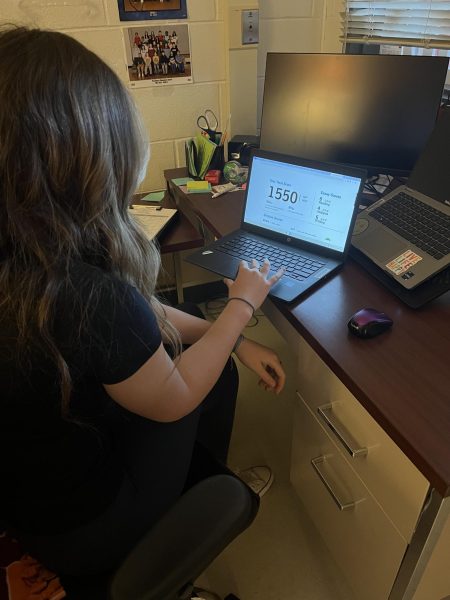Preparing for the IOP

How can you prepare for the IOP in an effective manner and deliver it without yielding to nervousness on the day of the presentation? Follow these tips and you’ll be on your way to successfully presenting your topic.
1. Prepare ahead of time
– Choose a topic to present on as early as possible into the week, or month depending on the time you receive the assignment. If you work on the project a little bit everyday, you can finish on time, and not have to cram hours of background research and looking for quotes within a single day.
2. Pick up the rubric
– Look at the specific requirements you have for rubric. The IOP rubric is very specific in terms of grading- always aim for the highest and look at the requirements to attain the highest point value possible for sections A-D of the rubric.
3. Create an outline
– Know what you are actually writing up and presenting on. Many students create fully-detailed outlines, simply putting their exact words they will say verbally on presentation day, in text. For many, this helps to get an idea of the time constraint as they practice with an approximate amount of details that they will be going over on the actual presentation day.
– Clearly demonstrate your thesis in your outline, reiterating your points after every passage or quote that you for analyzing.
4. Engage your audience
– Incorporate colors and visuals into your presentation. In any visuals that you choose to have, make sure it grabs the eye of the viewer with either interesting pictures, or a splash of color.
– Don’t be too lengthy in PowerPoint Presentations.
– Learn what your audience enjoys. Most likely, by this time of year you are able to clearly identify what your classmates enjoy doing for interactive activities and what kind of presentations that they focused on the most. Take this to your advantage and form your activity based on that.
5. Compare with others
– Ask other students what they did for their IOP, and their final score. Ask what worked for them and what didn’t so you could get an idea of what you should do for your own presentation. You could even ask if you could hear their recorded presentation to hear the way they presented and what helped make their presentation stand out from the rest.
6. Practice
– Rehearse multiple times. Whether you practice five times, or ten times, practicing for three times at the least will help you memorize your main ideas and key points and reduce the number of times you mumble or have extraneous wording.
– Use cue cards that have major words or key phrases written on them to help you get back on track when you get lost during the presentation. Keep your cards organized by putting them on a ring and use different colors for various phrases.
7. Dress for day
– Sometimes dressing in semi-formal clothing helps students get into the presenting environment, making a feel for a professional presentation.









